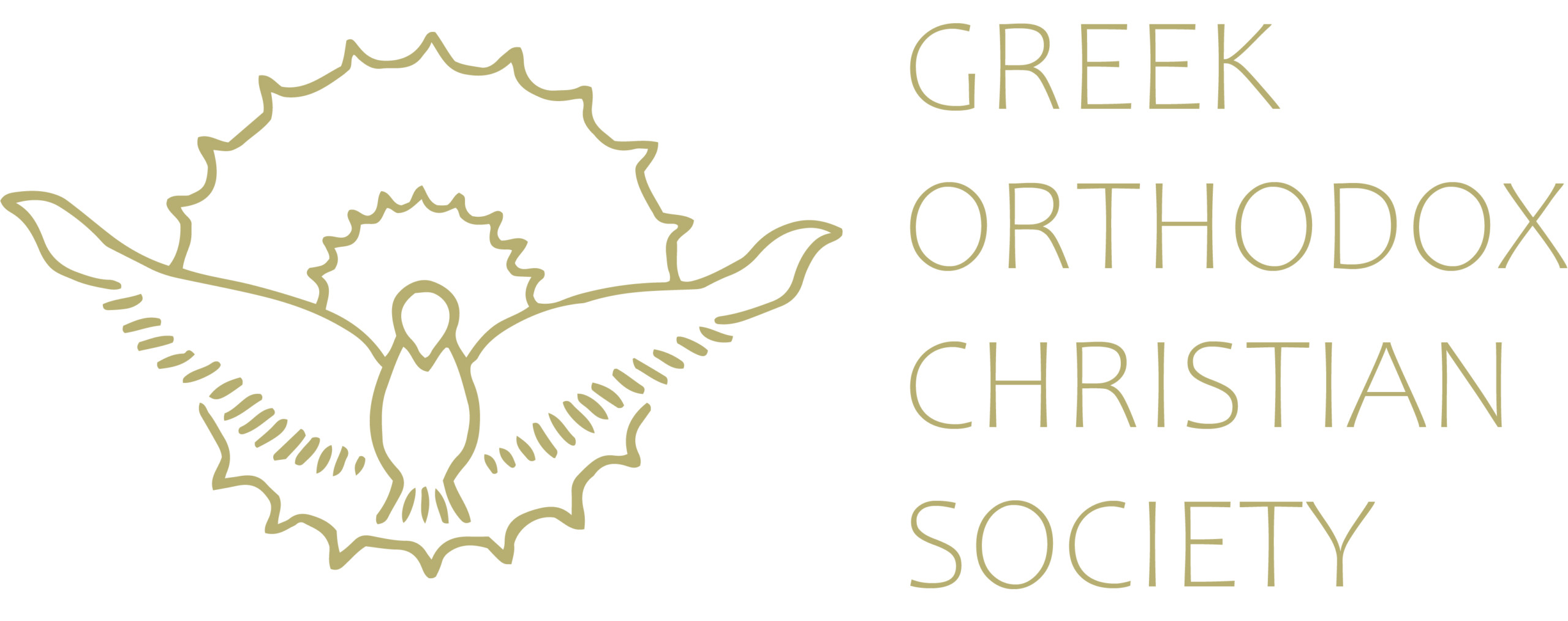Church of the Resurrection
The Church of the Resurrection in the old city of Jerusalem is undoubtedly the most significant shrine of the Christian Faith. This is because under its roof is the original place of Christ’s Crucifixion, Burial and Resurrection.
The building is an enormous edifice which incorporates many structures. Its interior is made up of chapels, shrines, basements, storerooms, living quarters, staircases, courtyards, balconies and corridors. Every space is covered with a different roof, some with Byzantine and others with Gothic domes.
The internal architecture is a representation of the many influences over the centuries and can be seen in its Jerusalem stonework, its Byzantine murals and icons, its statues from the Reformation and its more contemporary mosaics. The diversity of influences can also be seen in its many chapels: Greek, Catholic, Armenian and Coptic.
Every Chapel in the Church has its history and is linked to the Passion of Christ and His Resurrection, with the Tomb of Christ and Golgotha being authentic sites, and others such as where Christ was taken off the Cross and the tomb of Joseph being there in order to connect events. All are joined by the same building, and are blessed by the same religious event, the Passion of Christ.
In 137 AD the Roman Emperor Hadrian built a city over the area where Christ was Crucified and Buried. Between 325 and 335 AD, the Emperor Constantine and his mother Helen dug in the area to find the Holy Cross and built the Church which was blessed by the Bishops at the Synod of Tyron.
Over the centuries, the Church of the Resurrection suffered much at the hands of various conquerors. Between the 7th and 12th centuries it was destroyed by the Persians, the Saracens and the Muslims. Each time it was rebuilt. During the 13th century, the Crusaders took the keys from the Orthodox until they were banished from Jerusalem when the Orthodox reclaimed the keys, only to have them taken by Suleman in 1520 AD.
Fires and earthquakes in the 19th century also damaged the Church and by the beginning of the 20th century, the Church was in a state of disrepair. The three key jurisdictions, that is, the Orthodox, Catholic and Armenian Churches agreed to take shared responsibility for its refurbishment.
Today, the Church of the Resurrection is visited by millions of pilgrims each year.
Source: April– May 2014 Lychnos Edition

